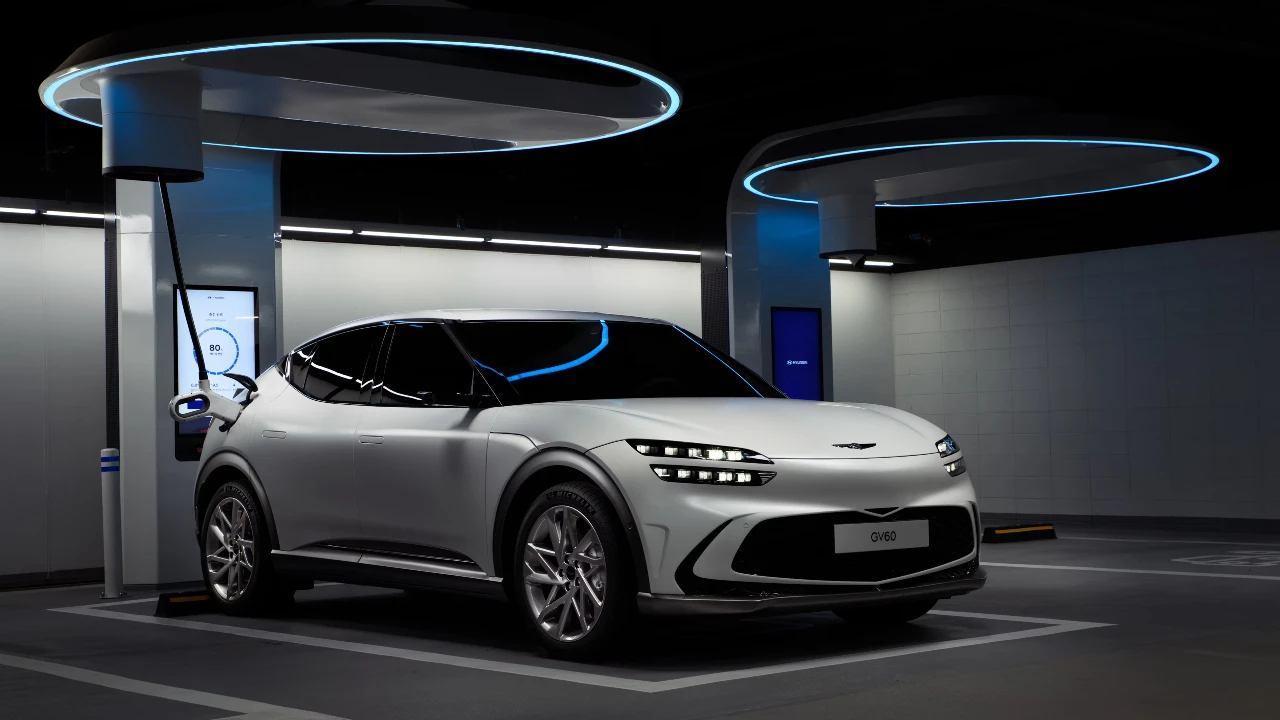What if your electric car could drive ten times farther on a single charge? Scientists in South Korea have just made this possibility much closer to reality. Researchers at Pohang University of Science & Technology (POSTECH) have developed a breakthrough that could revolutionize battery technology.
According to reports from TheBrighterSide and POSTECH, Professors Soojin Park and Youn Soo Kim have created an innovative solution to one of the biggest problems in battery science.
The Current Battery Problem
Today’s electric vehicle batteries use graphite anodes to store energy, but these have serious limitations. Think of graphite like a small storage box that can only hold a limited amount of energy. When you charge your phone or electric car, the battery can only store so much power before it’s full.
This is why most electric vehicles can only travel 322-483 Km before needing to recharge for hours. The problem has been finding better materials that can store more energy without breaking down.
How Silicon Changes Everything
Silicon anodes represent a game-changing alternative because they can store dramatically more energy. Professor Park explains that silicon-based materials could potentially increase driving range at least tenfold. Here’s what makes silicon so special:
- Energy Storage Capacity: Silicon can hold ten times more energy than traditional graphite anodes, like upgrading from a small backpack to a huge suitcase for energy storage
- Range Extension: This breakthrough could allow electric vehicles to travel over 3218.6 Km on a single charge, making long-distance travel completely practical
- Charging Efficiency: Higher capacity means faster charging times and longer periods between charges for all battery-powered devices
The Technical Solution Explained
The biggest challenge with silicon anodes is swelling during charging, like a sponge expanding when it absorbs water. This expansion typically destroys the battery after just a few uses. The POSTECH team solved this by creating a special binder material that acts like flexible glue. According to ScienceDaily, this polymer uses hydrogen bonding and Coulombic forces to control the volume expansion effectively.
Think of Coulombic forces as very strong magnets that provide 250 kJ/mol of strength compared to hydrogen bonding’s 10-65 kJ/mol. E-Mobility Engineering reports that the binder arranges charged polymers in alternating positive and negative layers, like organizing magnets in a specific pattern.
This arrangement binds effectively to the negatively charged silicon surface. OAE Publishing Inc. notes that polyacrylamide-grafted carbon nanotubes form hydrogen bonds with silicon particles, enhancing structural integrity and preventing destructive swelling.
Global Race for Better Batteries
This breakthrough joins worldwide efforts to revolutionize energy storage. Chinese researchers are developing sodium-based batteries while NASA scientists work on solid-state battery technology. Professor Jaegeon Ryu from Sogang University contributes to biodegradable battery research. These combined efforts aim to reduce fossil fuel dependence and advance renewable energy storage capabilities globally.
This silicon anode breakthrough could transform how we think about electric vehicles and renewable energy. Will ten-times-longer battery life finally make electric cars the obvious choice for everyone?











